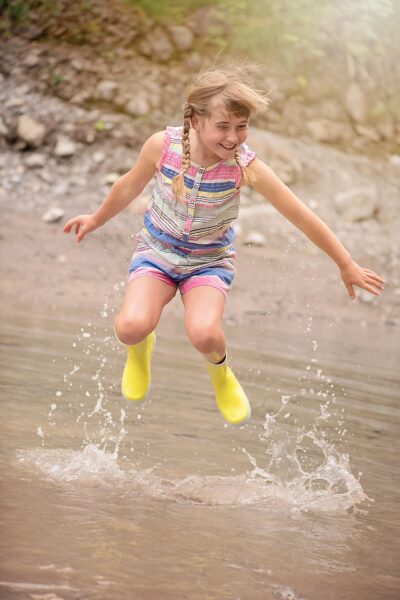We’ve only got one planet: Let’s re-think school science
By Ally Bull on October 31, 2019 in Local curriculum design
There is now widespread agreement in the scientific community that unless we reduce carbon emissions substantially, and quickly, the planet is likely to become uninhabitable in the not too distant future.
Our current practices are destroying the lives of our children. Recent events, such as the School Strike 4 Climate, and the activities of Extinction Rebellion, suggest more and more people, including children and young people themselves, share these concerns.
I am interested in exploring how our school curriculum might better prepare our children to deal with the intractable problems they are inheriting from previous generations. The openness of the New Zealand Curriculum and the current Ministry of Education focus on local curriculum gives schools permission to explore this question. To get you started in thinking about how you could design such a curriculum for your school, in this blog I set out some ideas of my own.
The science learning area – particularly in primary – has been my focus for many years. I think it is time though to move away from the siloed learning area called science where students “learn about the natural/ physical world and science itself” to a more integrated curriculum where students connect emotionally and imaginatively with the natural/ physical world and appreciate its complexity. In this proposed curriculum students would be encouraged to explore various ways of making sense of the world – including through science.
Early primary
At this stage, the focus is on building an emotional connection with the local environment – to learn to love it and feel comfortable in it. Children would be given regular and frequent opportunities to engage all their senses in exploring the local environment.
They might lie on the ground and feel the grass tickle their skin, feel the wind on their faces, smell the leaves, taste drops of rain, make “sound maps” of the different noises they can hear, or look for changing patterns.
Back in the classroom teachers would use a range of developmentally appropriate strategies, such as storytelling, to further engage students emotionally and imaginatively in the world.

Middle and senior primary
During these years there would still be a focus on building an emotional connection with the natural world, but students would be encouraged to go deeper through slow looking, a strategy developed by Shari Tishman, a Senior Research Associate at Project Zero. Slow looking encourages students to observe details, to defer interpretations, to appreciate complexity, to shift between different perspectives and to “see the system”. The focus is on understanding how things are now. In this way slow looking introduces systems thinking.
Students would also be encouraged to start interacting with environments that are more distant from them both in location and time. They might ask: What is our school’s local environment like compared to that of a school in another part of the country or the world? What was our place like when our parents or grandparents were growing up? What has changed?
Students would also carry out a range of inquiries that would be supported with thinking routines designed to explore complexity. Traditionally, many educational approaches, especially in science, are aimed at simplifying complexity but here students will be encouraged to engage with complexity – making close observations, considering alternative outcomes, developing a tolerance for uncertainty. In particular, students would explore the organisation of ecosystems. Their focus would be on nature’s processes such as the water cycle, the carbon cycle, the nitrogen cycle, and the waste cycle. During this time, students would also explore what we know about the biggest and smallest components of the universe and the diversity of living things. They would find out about the things that are too small or too distant to be observed, and how we know they exist. It is also the time for the stories about scientific discoveries and inventions.
Junior secondary
During this stage of schooling, students build on many of the practices from earlier stages but would also learn about the history and philosophy of science. They would compare and contrast different ways of understanding the world and gain an understanding of how science itself is changing. They would engage with ethical and social issues. There would also be a focus on the stories of cutting-edge new science, especially in contexts directly relevant to young adolescents such as the human body, “gut bugs”, nutrition, or diabetes.
This curriculum aims to develop people who both see themselves as part of the inter-connected web of relationships that make up nature, rather than outside it, and to develop a flexibility of mind that can appreciate complexity. The bottom line, for me, is that we need to know differently to have any hope of facing the planetary challenges ahead of us – and the need to address these challenges is too urgent not to try something different. What might you try in your school context?
References:
Tishman, S. (2017) Slow Looking: the Art and Practice of Learning through Observation, Abingdon-on-Thames, United Kingdom: Routledge.
Other articles you might like
Local curriculum design is the process of interpreting national curriculum entitlements to reflect what matters to your local communities.
I struggle to understand why science is very largely absent from primary school teaching.
What is their potential to refocus science education?
